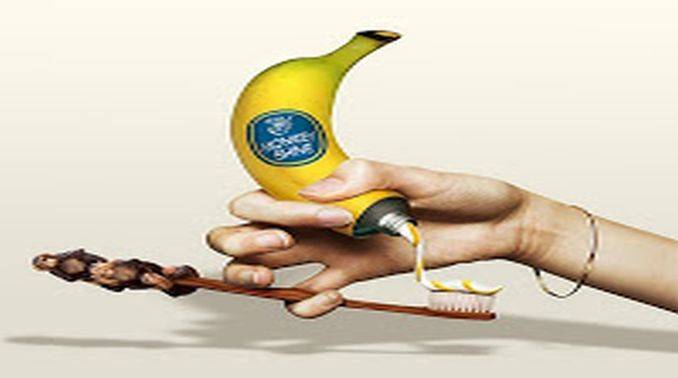This post was first published on August 21, 2013
There is yet another war between Hindustan Unilever Limited (Pepsodent) and Colgate- Palmolive (Colgate), regarding a comparative advertisement by HUL, which shows two kids brushing their teeth with Pepsodent and Colgate, where both the toothpaste packs are clearly visible. The kids then take a cavity test, and the voiceover follows which says that, Pepsodent Germicheck is 130% better than Colgate, when it comes to germ attack (news available here).
Colgate-Palmolive is known to have not taken the conventional route of first filing a complaint with the Advertising Standards Council of India (ASCI) and has instead directly approached the Courts.
In India, comparative advertising by means of using other’s products is known to be admissible, however while doing so, the advertiser should not in any way disparage the goods or services of the other. The law on disparagement has evolved in India through several judicial proceedings.
The Supreme Court in Tata Press Ltd. v. MTNL (1995) 5 SCC 139, held that, false, misleading, unfair and deceptive advertising is not protected under “commercial speech”. In the case of De Beers Abrasive, it was held – “the law is that any trader is entitled to puff his own goods even though such puff as a matter of pure logic involves the denigration of his rival’s goods. Notices reading “the best tailor in the world”, “the best tailor in this town” and the “best tailor in this street” do not commit an actionable offence. Where however the situation is not that the trader is puffing his own goods but turns to denigrate the goods of his rival then the situation is not so clear-cut .The statement “my goods are better than X’s” is only a more dramatic presentation of what is implicit in the statement “my goods are the best in the world” and would not be actionable. However, the statement “my goods are better than X’s because X’s are absolute rubbish” would be actionable.”
The Courts in Dabur India Ltd v. Colortek Meghalaya Pvt. Ltd (following the decision of Pepsico Ltd.) similarly held that, comparative advertising is permissible as long as the competitor’s product is not derogated, discredited, disgraced, though while comparing some amount of “showing down” is implicit. Further, it held that certain factors have to be kept in mind while deciding a question of disparagement. “These factors are (i) intent of the commercial; (ii) manner of the commercial; and (iii) storyline of the commercial and the message sought to be conveyed. While we agree with these factors, we would like to amplify or restate them in the following terms:- (1) The intent of the advertisement – this can be understood from its story line and the message sought to be conveyed. (2) The overall effect of the advertisement – does it promote the advertiser’s product or does it disparage or denigrate a rival product? In this context it must be kept in mind that while promoting its product the advertiser may, while comparing it with a rival or a competing product, make an unfavorable comparison but that might not necessarily affect the story line and message of the advertised product or have that as its overall effect; (3) The manner of advertising – is the comparison by and large truthful or does it falsely denigrate or disparage a rival product? While truthful disparagement is permissible, untruthful disparagement is not permissible.”
Considering the judicial precedents set above, and the relevant factors, it would be interesting to wait for the Court’s decision to see if Colgate-Palmolive manages to move the Court into establishing a case of disparagement against HUL, and/or if HUL gets a legal tag on the said advertisement.
-By
Sripriya Padmanabhan



